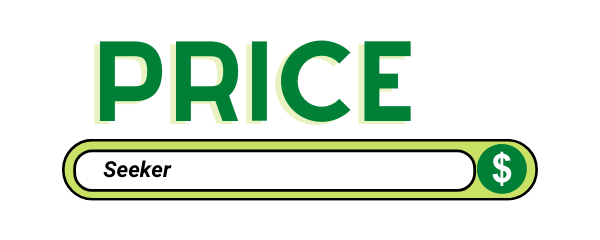Today’s lenders offer multiple channel credit to a vast cross-section of society. These services include credit cards and consumer loans to fully secured mortgages and business loans. However, fraudsters are capitalizing on the multiple opportunities of loan transactions being carried out regularly. Especially, Small and Midsized lenders who are not connected are targeted with abundance by these fraudsters as controls and prevention efforts of larger organizations get sophisticated.
The Risk
As per a detailed survey by LexisNexis small and mid-sized lenders have seen an increase of 7.3%, larger banks an increase of 8.6% increase, and digital lenders a rise of 8.2% of fraud over twenty-four months. With this exposure, lenders need to take countermeasures to arrest the fraud attacks.
Fraud could affect the lenders adversely by loss of revenue, declines in portfolio performance, reputational damage, exposure to liabilities, etc. For these institutions to arrest this exposure, it is vital to understand the threat before action mitigating plans.

The identities of numerous individuals associated with different businesses could be exploited by fraudsters specifically commit fraud. These could be in the form of but not exhaustively;
1. Identity Fraud
- Synthetic Identity Fraud – This is creating new identities or business entities using actual or created information to commit fraud.
- Third-Party Identity Fraud- This is the identity theft of a person or an unauthorized business representative to commit fraud.
2. Third-Party Account Takeover Fraud
This means fraudulently using a victim’s Personally Identifiable Information (Ex. PIN) to access a victim’s financial account to withdraw funds or secure a loan.
3. First-Party Friendly Fraud
Here, an individual or an individual associated with the business commits fraud by disputing or creating fraudulent transactions.
4. Loan Stacking
Creating and using the number of different tax identification numbers (TIN numbers) and/or other personal identities to obtain multiple loans for the same purpose or business.
5. TIN-Spoofing
Creating multiple tax identification (TIN) numbers to fraudulently apply for loans.
Although there is no universal scheme to safeguard against these schemes, there are several approaches to deter fraudsters from attacking the lenders. The common thread of all these frauds is creating fake documentation to identify the fraudster to the lender. Therefore, it is essential to authenticate the documentation submitted by the client with diligence. This process is not limited to checking the credit rating or default rating.
Lenders should identify weak links of the loan application before approval and disbursement.
Income Enhancement
With the availability of numerous software to edit documents, it is a common scheme to alter the payslips/salary stubs/income statements to indicate higher income from the actual. Therefore, it is essential to authenticate the income with a regular salary check deposit or otherwise.
Employment
There are online services that will confirm employment status by creating a profile with a fictitious employer website, LinkedIn profile, phone number, and email address for the HR department. Furthermore, they would offer to confirm the status when receiving an email or a phone call. Therefore, it is best to confirm the employment status through trade connections or otherwise.
Synthetic Identity
A new or modified identity is created for the borrower using stolen data (identity theft). Usually, fraud rings with several stolen identities are the ones doing this kind of fraud. They would customize the identity to maximize the gain. Although it is challenging to ascertain manually, there are technological solutions to determine the probability of a fake identity on an application.
Collateral Inflation
There are numerous opportunities in the lending process to inflate the property value offered in collateral. Lenders must thoroughly check this to overcome the risk.
Although the lenders would face the fraudsters relentlessly, there are instances where the frauds had some insider connection to the scheme. It is best to have an effective anti-fraud strategy that consists of prevention, detection, deterrence and response to identify and deter the involvement of insiders in fraud schemes.
However, there are numerous data analytical solutions based on machine learning to help lenders to make an informed decision of granting credit. In developed markets, they could be in the form of cloud-based services which will automate the loan approval process of a lender. These applications would help lenders to reduce the risk of loan fraud in their portfolios.












